Bring Back The Piano Manners
I’ve renewed my commitment this spring season to make piano etiquette an important part of my teaching. The points I’m focusing on are below. But, we’d love to hear from you – what are your “Piano etiquette” rules? What do you insist upon when it comes to performance manners? Here are mine:
1. Bow before you perform to acknowledge the applause. Audiences used to know that it was appropriate to clap for the musician who was entering the stage to perform. This now isn’t always the case (I often “start the clap” if it doesn’t happen in a recital). Piano students should bow to their applauding audience before they sit down at the bench (not acknowledging applause is generally considered to be rude).
2. Enter the bench from the side furthest from your audience. This was a biggie for my former piano teacher and I’m reminded of it every time I see a student slink in from the “front side”… or climb over the top. I used to think this was awfully stuffy – but when you see a student do it, it just looks right.
3. Hands in your lap before you begin. I use this with my piano kids to give them a moment to hear the first few measures in their mind before they begin, but they often forget and do so with their hands on the piano. From now on, it’s hands in lap. They’re learning that once fingers are on the keys it means they are ready to play. If the bench needs adjusting it should be done first… and then their hands should be placed in their lap before they begin.
4. Hands in lap after you finish. So many piano students are already lifting themselves off the bench as they play the final note (perhaps really eager to return to their seat in the audience!?) Learning to place their hands in their lap after they finish gives their audience a moment to truly relish what they just heard.
5. Bow from the hips, and don’t curtsey. Bowing nicely takes practice! Little head ducks, bows that are too long or too short or the little “bop-down curtsey” (or the forget it all and walk away!) are really common in recitals, but they can often really spoil the feelings your audience has been left with after a great performance. My piano teacher used to teach bows to the count of six (three counts as you bend down, look at your shoes, three counts as you come out of the bow).
6. Walk calmly off the stage or away from the piano. No running… no matter how badly you want to get back to your seat!
Let’s Bring Back Performance Etiquette By Starting Young
No matter how fun your piano recitals are, how casual you want them to be for the sake of nerves, or how young your students may be, I’ve learned that teaching your students piano performance etiquette is important. Just as we aspire to teach children good manners (and really take note of children who do have good manners), good “piano manners” are also noticed, appreciated and serve as one more way to raise the level of your students.


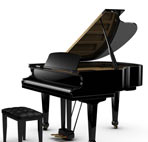
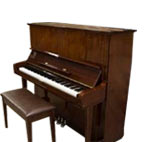
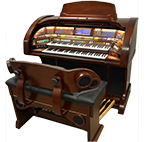
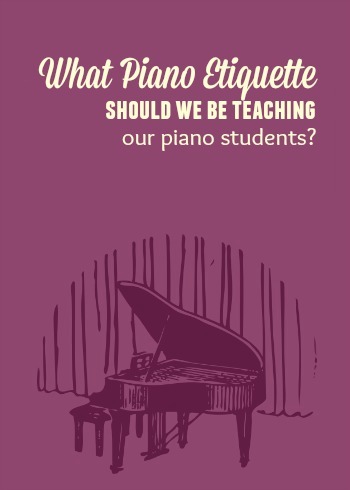

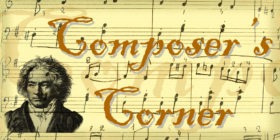
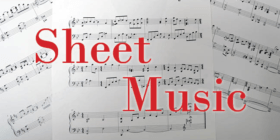
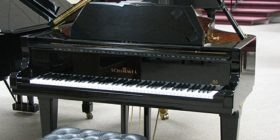
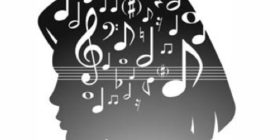
Leave a reply